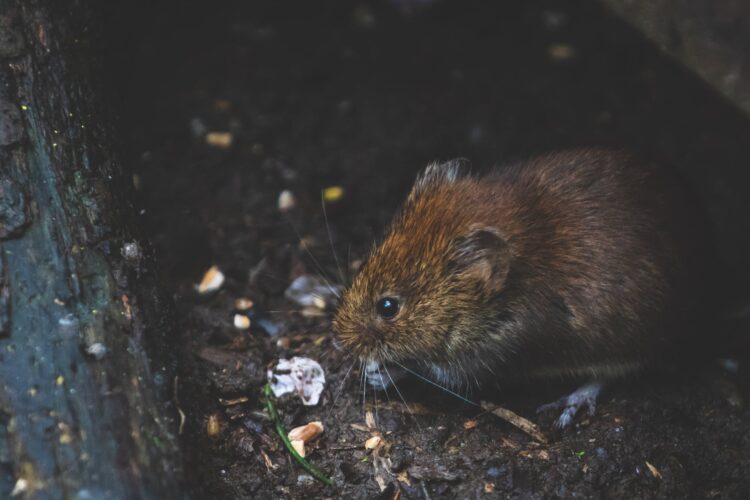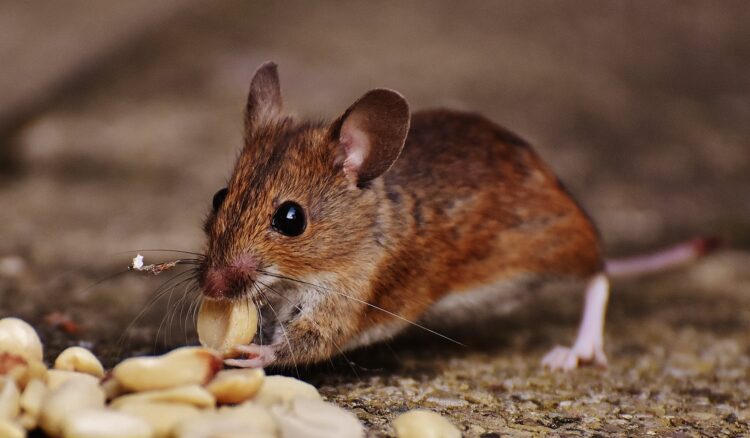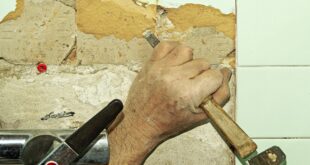Some people may not be scared of a rat or mouse; however, they do contaminate food and land structures. When rodents nest either indoors or outdoors, they multiply very quickly and create an environment that can be unhealthy for your household. Therefore, you need to take immediate action whenever you see these rodents. Throughout this blog, we will be going over steps that will let you live in peace from rats and mice.
Identify you have a Problem

There are numerous types of rats and mice. The most common ones you may see around your house are the roof rat, Norway rat, or house rat. With that said, how do you identify each one?
Norway rat – This rat weighs anywhere from 15 to 16 ounces. They are typically found outdoors, and they burrow underneath the ground of your home. They have a blunt nose, tiny ears, and small eyes.
Roof rat – This particular rat is usually found in attics, trees, and fence lines. They also have a very slender body. These rats typically weigh between 11-14 ounces. They have a pointed nose with large eyes and ears.
House rat – Their body usually is 2 to 3 inches in length. They have a pointed nose and large eyes and ears.
Inspect your Home Indoors

You always want to confirm rodent activity. Listening to noises in your attic is one method for determining rodent activity. Furthermore, you can look for fasces or droppings. However, the average person won’t know what kind of droppings they are looking at, so below is some information on how you can decipher which type of rodent you’re dealing with.
Norway rat – These droppings or about three-quarters of an inch long and are blunt on each end.
Roof rat – These droppings are about a half-inch in length and are usually pointy at the ends.
House rat – These droppings are a quarter-inch long and pointed on both ends.
You can also look for rub marks or smear marks along the baseboards of your home. Rodent’s bodies are very oily, and often they leave a greasy film behind on the surface. Furthermore, keep an eye for gnaw marks. Rodents love to chew on the edge of wood, such as a door frame. Rodents also leave hair behind when they go around corners, and they put off a foul odor that smells like urine.
Inspect your Home Outdoors

Look for gaps that are surrounding the perimeter of your home. Also, check your flower bed where vegetation has been compressed down to the soil. Compressed soil is a sign that rodents are running back and forth.
Control the Environment of Your Home
You want to make sure the environment around your home or structure is less conducive to rodent activity. The first thing you can do is pick up pet food and water, which may be left out overnight. Always clean your dishes and make sure none are left on the countertop or in the sink. Next, take your trash out frequently and place it in a container where rodents don’t have access to. Be sure to look around your plumbing in your bathroom and kitchen and see if you have large spaces around the pipe.
When you’re outside, be sure to take a look at where the plumbing penetrates the wall. If you have any small areas, make sure to use caulk to patch those holes, and ensure no unexpected guests get inside your home. If you notice that you have significant gaps, make sure to stuff it. You can use a copper mesh product and shove it into the hole. It’s straightforward to use and a great tool since rodents have a difficult time chewing through it.
Lay Traps throughout Your House

You can use either a glue trap or a live trap. The majority of stores out there offer lethal and non-lethal humane traps. Once the rodent is caught, you can dispose of it quickly and how you wish.
Snap traps – These traps are made of durable plastic, user-friendly, and easy to set. When using these kinds of traps, you want to bait the traps and place them up against the wall. You want to place it in areas where you know there is rodent activity. These traps can be used in the living room or the attic.
Glue traps – There are two kinds of glue traps, mouse and rat traps. The first thing you want to do is peel a piece of paper off the board to expose the glue. Then, you want to fold the board up to make a box. Then, place the box up against the wall where you know rodents are going to be. The boards can be used in your living room or the attic.
Live traps – If you’re interested in a humane way of taking care of your rodent problem, then you will either want to use the repeater or the catch-all trap. Both of these units are designed to be placed up against the wall where rodents are. One of the benefits of using live traps is that it captures multiple mice at once.
Prevent the Rodents from Coming Back
Clean up your property and eliminate any unnecessary food or water. Furthermore, empty your trash cans, remove fallen tree limbs, clean up your flower beds, and cleaning up fallen birdseed, since that is a source of rodent’s food. By doing all of these things, you can prevent future infestations of rats and mice.
In Summary

Taking the proper steps and educating yourself on how to deal with rodents will ensure you get rid of them and that they stay gone for good. However, doing all of that work on your own can be hard. Therefore, if you find yourself crunched on time or don’t feel comfortable dealing with your rodent problem, don’t hesitate to contact a professional pest control service. Professionals are adequately equipped and properly trained to make sure your rodent problem is a thing of the past. When you need professional pest control services, visit drakepest.com.
 Hi Boox Popular Magazine 2024
Hi Boox Popular Magazine 2024



